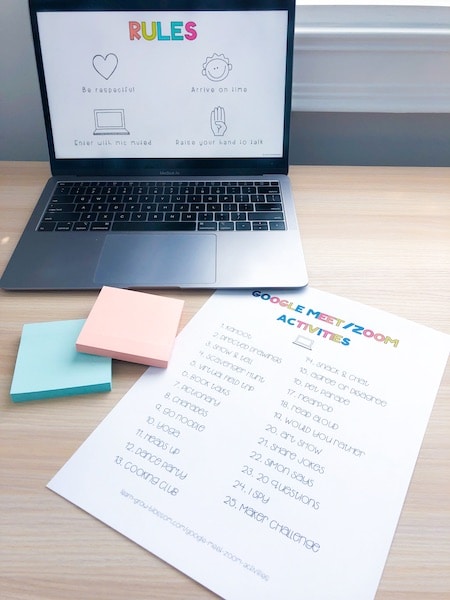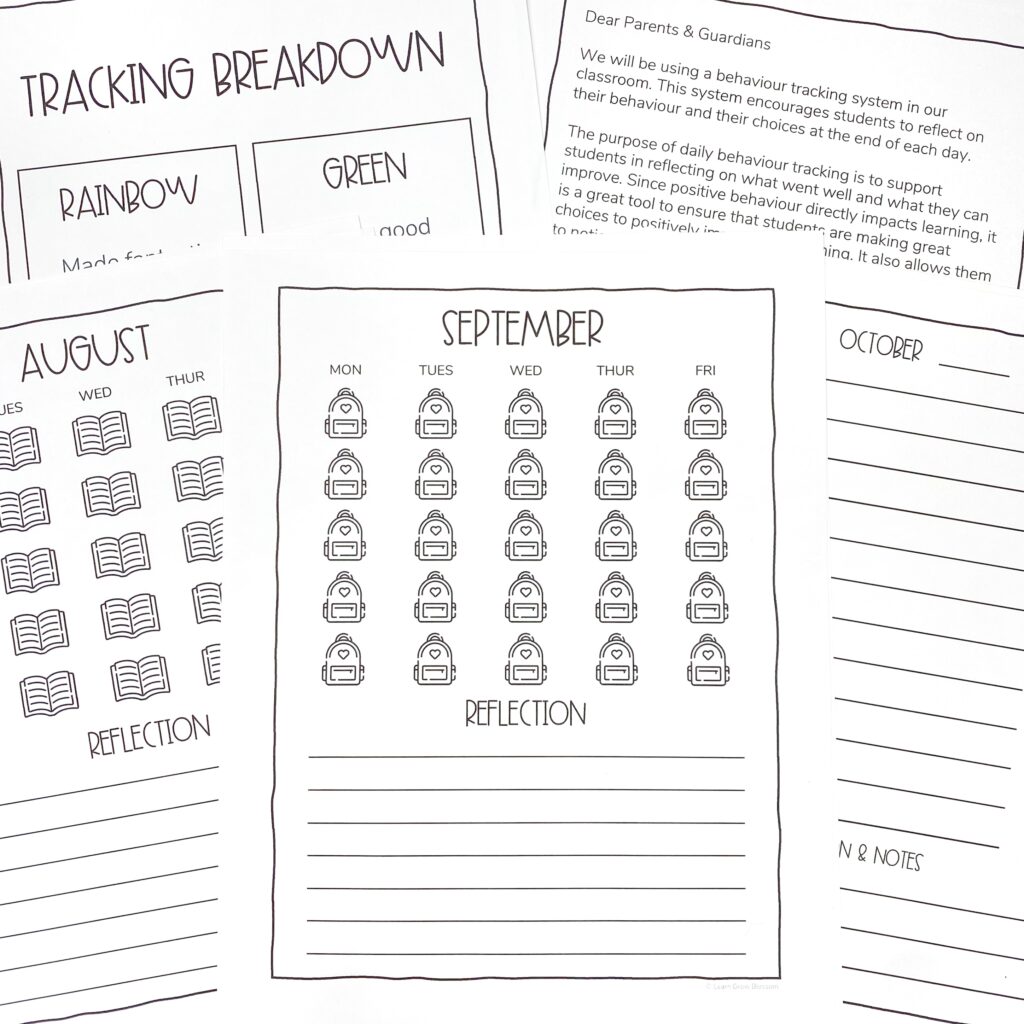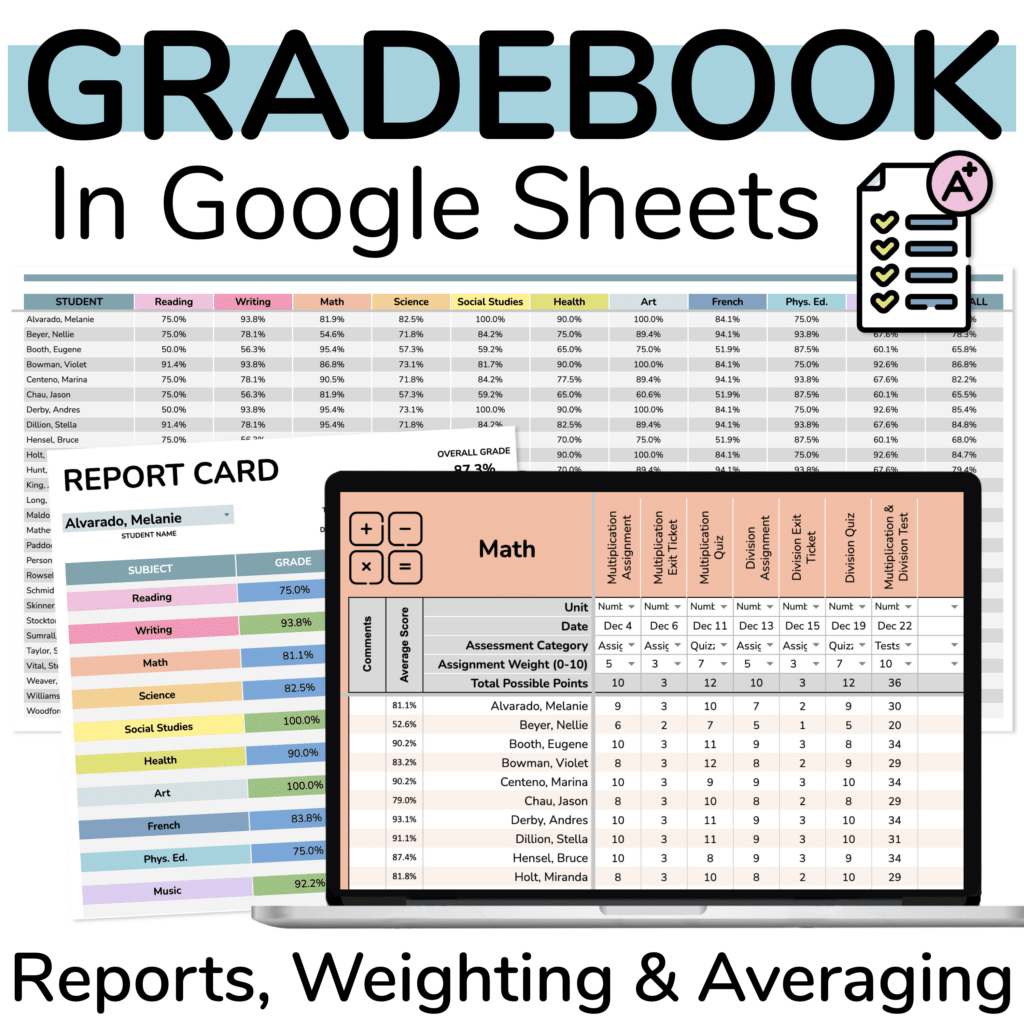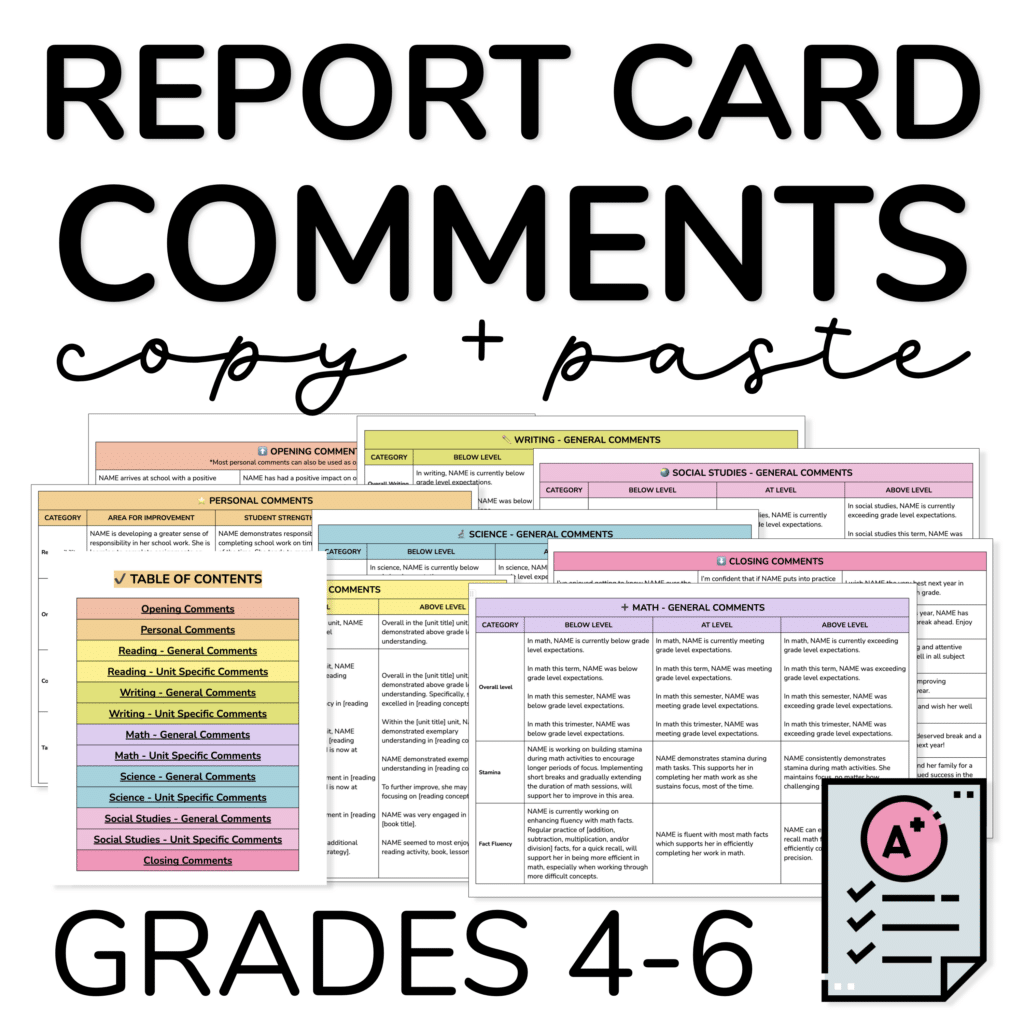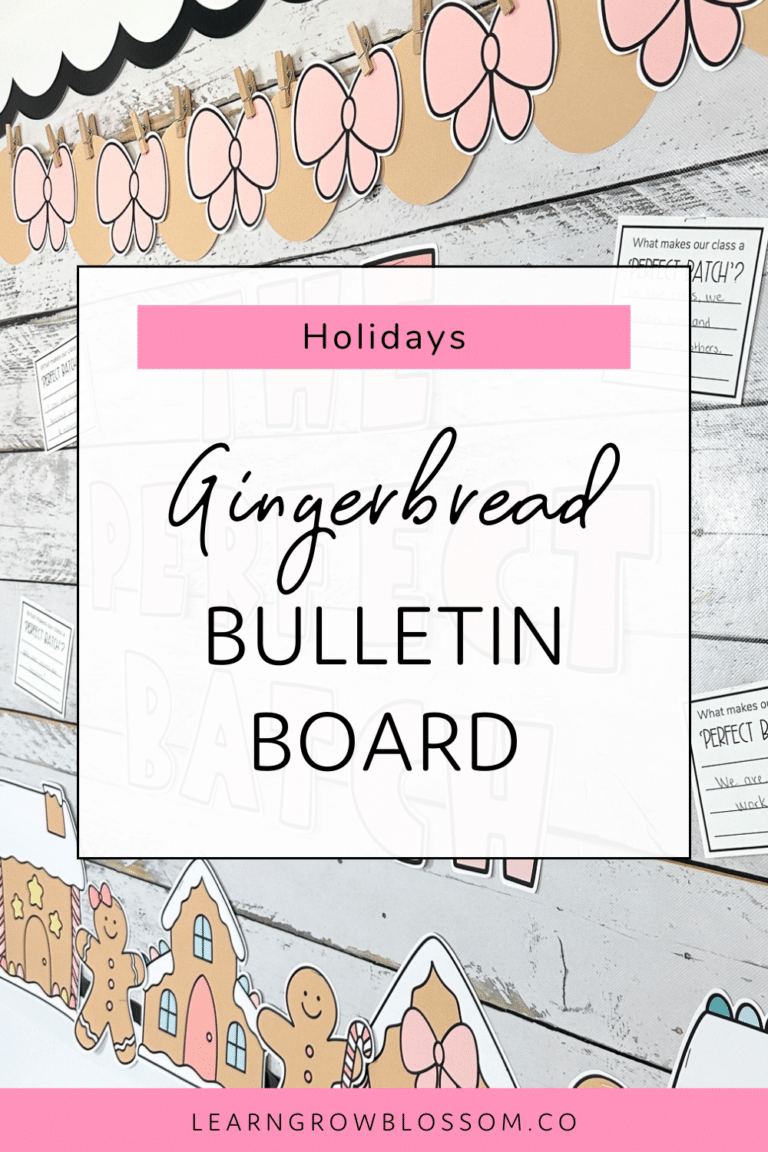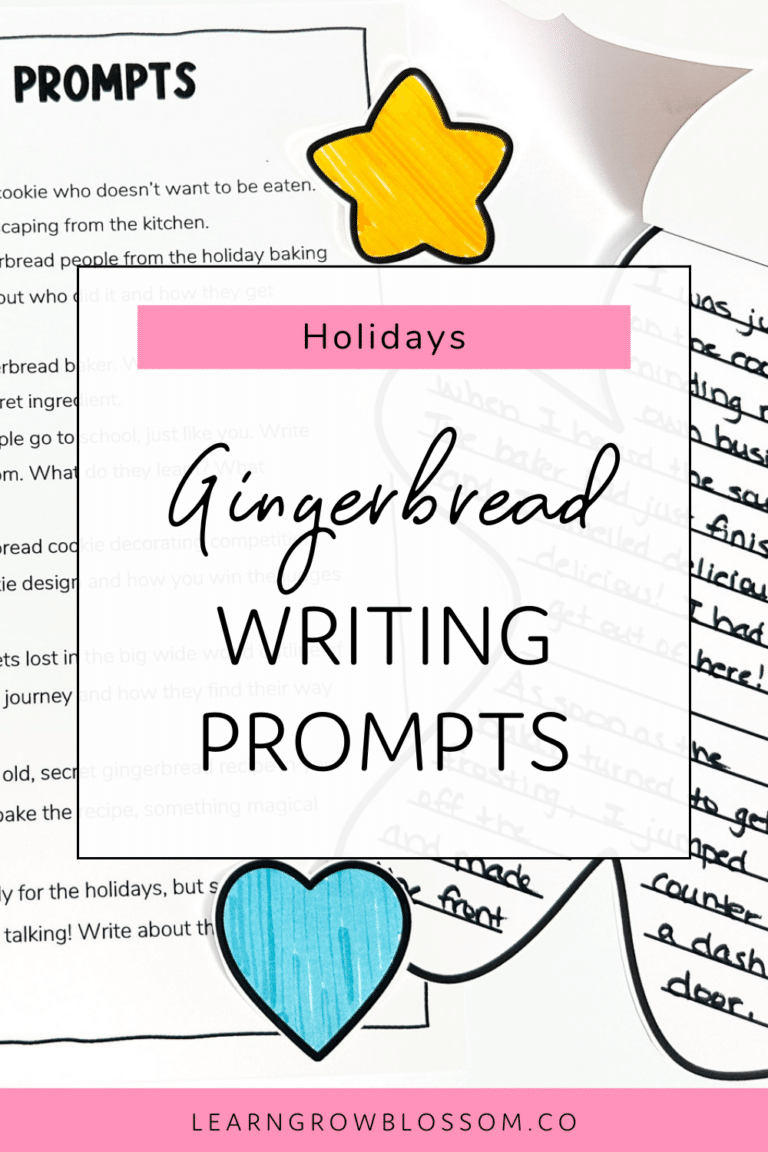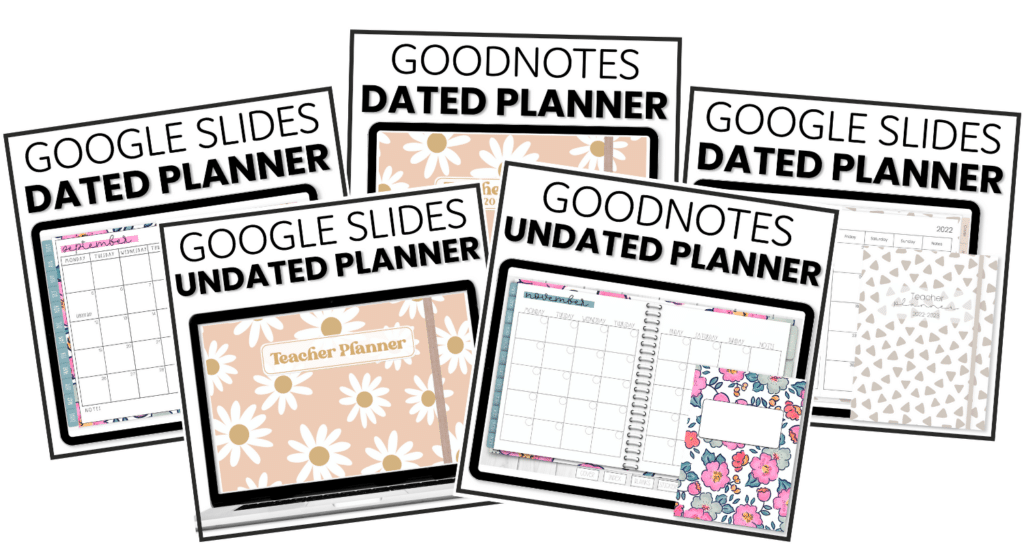Why focus on building strong online learning community during school closures? Community is everything. If you can help students feel that your class community is alive & well, they will be more invested and the chances of them completing work is higher.
For some students, they feel disconnected from their teachers and classmates when working from home. Incorporating the ideas I mention below will help strengthen your online learning community.
This should, in turn, up student engagement during distance learning.

Online Morning Meetings
If you’re familiar with my content you know I am BIG on morning meetings. I think they are top notch for building relationships with your students.
No joke, they were the first thing that were mentioned by most of my students when they found out we were switching to online learning. Many of them asked… “but what about morning meetings?”
I wanted to figure out a way to host online morning meetings that was as accessible as possible and that was as interactive as possible.
My solution was Padlet morning meetings! Check out my blog post or my “morning meeting” highlight on instagram for more.
Videos
Show your face as much as possible! Your students love you and want to see you.
Every day I post a few videos for my class. The first video is a daily read aloud. Usually, it’s a few chapters from the novel we are sharing. The second video is my response to our daily sharing in our online morning meeting.
I also encourage students to respond in video when there is the opportunity to do so. This allows students to see each other to remain connected to their classmates. Padlet is one of my favourite tools for quick and easy video responses. Flipgrid is another tool that teachers are loving for online learning community building.
Allow Commenting
I know it can be tempting to disable comments in whatever platform you’re using for distance learning. It is a risk to open up commenting but I firmly believe that that risk decreases considerably when students are taught how to appropriately comment.
Inside comments, I see students encouraging each other, asking questions and helping one another. It reminds me of the side conversations that go on every day in our actual, physical classroom. Whenever I see these things happening, I always encourage students to continue to support each other in these ways.
Send Personalized Messages
I plan to send personalized emails to my students a few times before the end of the year. I think personalized emails will be a fantastic to continue to build our online learning community. I am hoping that they will help increase student engagement as we move into warmer weather and it’s more tempting to step away from online learning.
One will be words of encouragement and/or thanking them for their hard work. I will include shout outs for positive things I’ve noticed through out online learning journey.
I’ll also send another email out closer to the end of the year wishing them well throughout the summer and telling them how proud of them I am.
Third, fourth & fifth grade teachers, grab your free headers by entering your info below.
These headers can be used in email or document headers (Google Docs, Word…). There are 5 different templates (for grades 3-5).
Google Meets & Zoom
There are a few ways to build your online learning community through virtual meeting activities.
First, you can incorporate fun activities before you start your lesson. This is a great incentive for students to join your class meetings on time.
Second, you can schedule virtual meetings with your students with the sole purpose being to build your online learning community. Google Meet activities I’ve done so far are: Kahoot review games, show & tell, a live read aloud, and a directed drawing.
If you’re looking for activity ideas to use over Google Meet or Zoom, check out my latest resource that includes 25 ideas you can use right away!
I’d love to hear from you!
What do you do to build your online learning community during school closures? Reply in the comments!
Further Reading
For more tips & ideas for distance learning check out these blog posts:










